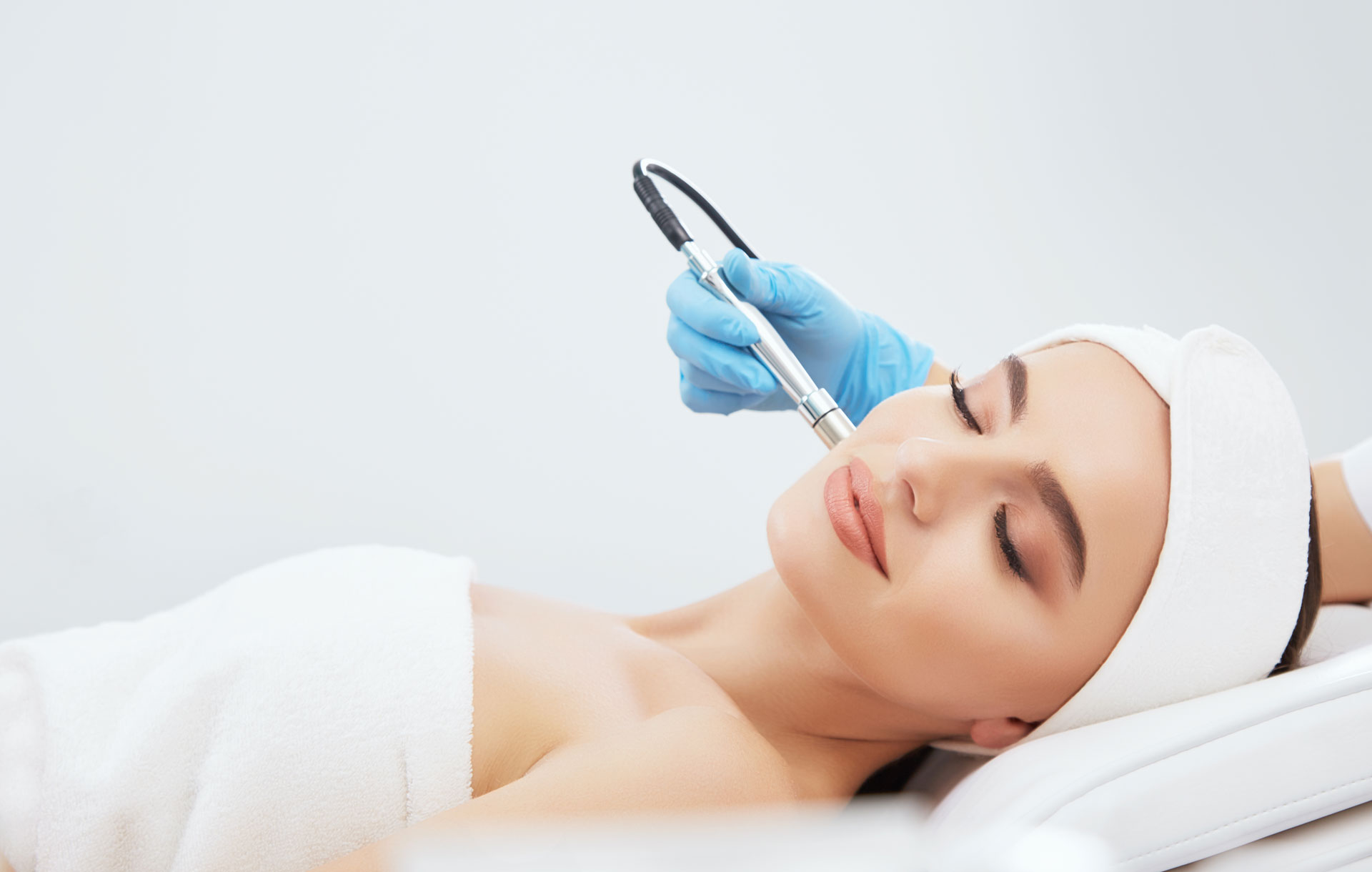
What’s the difference?
Microdermabrasion has been around as an effective facial treatment for a myriad of skin conditions; it helps with cell turn over, circulation, and facial imperfections. However, there is a new epidermal shedding treatment on the market that sounds similar, but it is “infused” with some surprising differences. Let us discuss the benefits and differences between microdermabrasion and the newer hydradermabrasion.
HOW
Microdermabrasion has two modes of exfoliation. First is the use of a diamond tip extraction device that exfoliates by a “sanding” like mechanism with a diamond tip that is gently moved across the skin. As the diamond tip hand piece is brought over the skin suction removes the dead skin and debris. The second uses fine, sand like particles to exfoliate. Typically, the particles are made of aluminum oxides or sodium bicarbonate, with the possibility of additional beneficial additives such as tea tree granules for an antibacterial effect.
Hydradermabrasion uses similar technology in utilizing a handpiece that also has vacuum capability and the ability to exfoliate, yet the name gives us a clue to the main difference – “HYDRA”.
Hydradermabrasion uses a vortex like water technology to gently use water to “pressure wash” the dirt and debri from the epidermis while also infusing the skin with beneficial skin serums. The water is pushed against the skin like a tiny tornado to cause the hardened keratinocytes to loosen while pushing antioxidants and other goodness into the skin.
[ihc-hide-content ihc_mb_type=”show” ihc_mb_who=”2,4,6,7,5″ ihc_mb_template=”3″ ]
WHO
Microdermabrasion and hydradermabrasion are used in treating a variety of different ailments of the skin. Microdermabrasion was cleared by the FDA in 1996 to treat fine lines and wrinkles, hyperpigmentation, enlarged and congested pores, acne scarring, stretch marks, uneven skin tone and texture, melasma, and sun damage. It can be used on all skin types, but it is suggested to avoid using it on heavily wrinkled skin, skin types V-VII, and sensitive skin. Since microdermabrasion relies on an abrasive material it can aggravate and cause damaging inflammation on these skin types.
In contrast, hydradermabrasion is safe for ALL skin types and conditions. It is much gentler on the skin on account of it using vortex technology that simultaneously pulls as well as deposits into the skin, because of this it is also more moisturizing. Within a hydradermabrasion facial there are typically three things happening with just one machine: Cleansing, exfoliation, and infusion. It is a full regimen in one machine, whereas microdermabrasion is just a singular step.
WHY
As skin care specialists, we have heard the terrifying statistics of what happens to the skin as we age. After the age of 20, our skin starts producing 1% less collagen a year. Exposure to harmful UV rays causes 80% of our skin’s sun damage. Aging is something that we can only slow through prevention and proper treatment. The same can be said of many other skin conditions such as acne, dullness, and uneven skin tone and texture. While genetics are a defining factor in many things, getting regular facials such as micro or hydradermabrasion can be very advantageous.
Either of these two facials encourage cell turnover by removing follicle clogging sebum, dirt, and corneocytes. By removing this film it exposes fresh and bright skin, leading to better texture and tone. With acne it removes the bacteria and stimulates the lymphatic system to drain all the toxins. By increasing circulation within the skill it gives a plump and rosy appearance as well as bringing vital nutrients back into the skin. Studies have shown that hydradermabrasion is more effective in increasing skin thickness as well as fibroblast activity to encourage collagen production. Hydradermabrasion facials are more effective in this due to its ability to infuse antioxidant-based serums deeper into the skin.
Choosing which modality is the best for your practice can come down to seemingly small differences in machines and protocols. Microdermabrasion has the upper hand in adaptability and that is the original procedure. It works on most skin types while being an easy add on to any facial procedure. Hydradermabrasion on the other hand is more advanced and has the scientific data to back up claims of generating collagen and elastin production. Either are a great addition not only to your practice but to one’s facial regimen.
[/ihc-hide-content]












